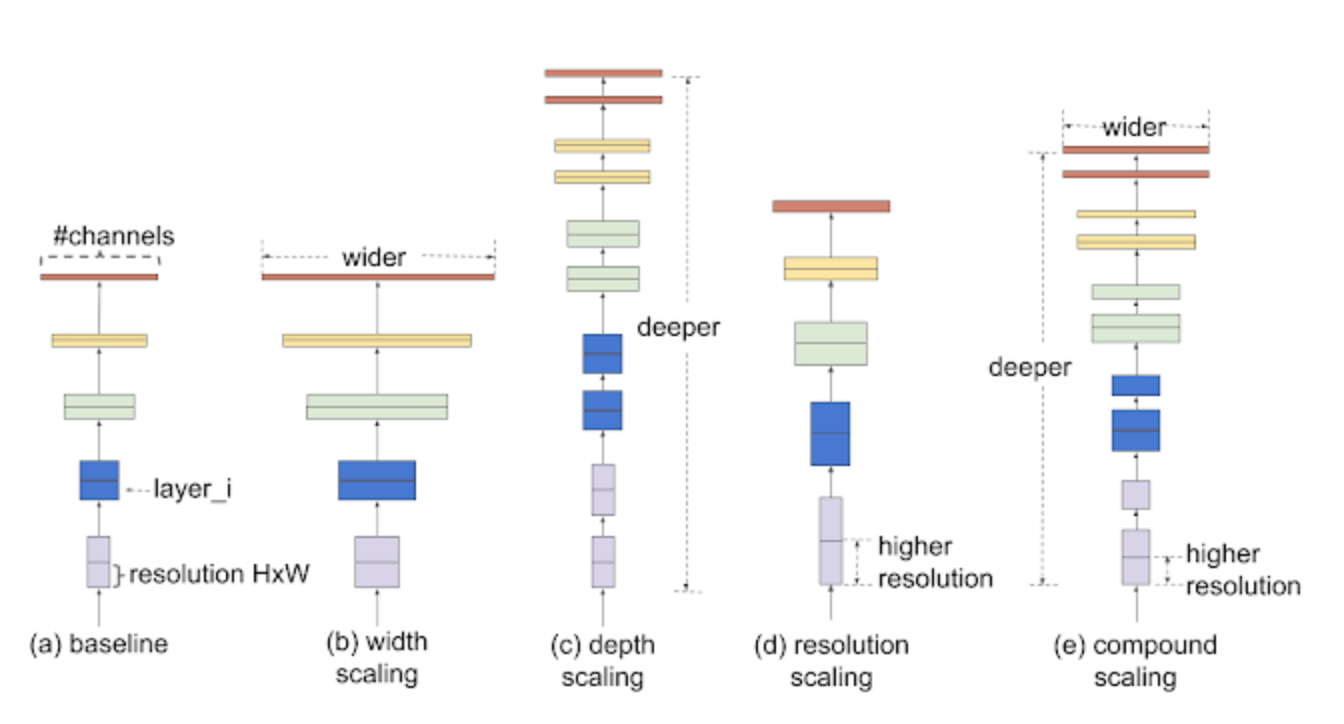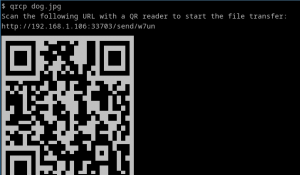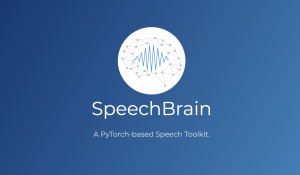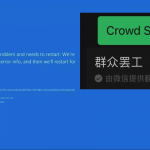韩国小哥哥用Pytorch实现谷歌最强NLP预训练模型BERT|代码
新鲜代码,还热乎着呢。
前几天,谷歌发布了一篇论文,介绍了一个超强的NLP预训练模型BERT。
不仅在SQuAD中摧枯拉朽,全面超越人类表现,还在多种不同NLP测试中创出最佳成绩,包括包括将GLUE基准提升7.6%,将MultiNLI的准确率提提升5.6%。
更重要的是,论文中称,这个预训练语言模型可用于任何NLP任务,整个过程不需要对架构进行实质性的修改。
有人说这是自然语言理解领域几个月来最重大的事件,也有一些人认为这将改变NLP的研究模式。
当然,也有不少人心里长满了“草”,都想上手试试这个模型怎么样。
现在,方法来了。
一位名叫Junseong Kim韩国小哥哥,在GitHub上分享了自己用Pytorch实现BERT的过程与代码。
Junseong Kim表示,代码很简单,而且也易于理解,其中一些代码基于The Annotated Transformer,但尚未得到验证。
The Annotated Transformer来自“Attention is All You Need”,是哈佛大学的一个研究团队对后者的解读与实现,链接在文末。
语言模型预训练
在谷歌的论文中,作者给出了两种针对语言模型进行预训练的任务,分别是Masked Language Model(论文中简称Masked LM)和预测下一句。
Masked LM
Input Sequence : The man went to [MASK] store with [MASK] dog Target Sequence : the his
规则:
根据下面的子规则,随机改变15%的输入token:
1、80%的 token 将成为 [MASK] token。
2、10% 的 token 将成为 [RANDOM] token(另一个单词)。
3、10% 的 token 将维持不变,但是需要预测。
预测下一句
Input : [CLS] the man went to the store [SEP] he bought a gallon of milk [SEP] Label : Is Next Input = [CLS] the man heading to the store [SEP] penguin [MASK] are flight ##less birds [SEP] Label = NotNext
“当前的这个句子能够和下一句联系起来吗?”
理解两个文本句子之间的关系,这无法通过语言建模直接获取。
规则:
1、下一句有 50% 的概率是连续的句子。
2、下一句有 50% 的概率是无关的句子。
使用
注意:你的语料库中,一行中要准备两个句子,中间用 ( ) 分隔符隔开。
Welcome to the the jungle I can stay here all night
1、根据自己的语料库构建vocab
python build_vocab.py -c data/corpus.small -o data/corpus.small.vocab usage: build_vocab.py [-h] -c CORPUS_PATH -o OUTPUT_PATH [-s VOCAB_SIZE] [-e ENCODING] [-m MIN_FREQ] optional arguments: -h, --help show this help message and exit -c CORPUS_PATH, --corpus_path CORPUS_PATH -o OUTPUT_PATH, --output_path OUTPUT_PATH -s VOCAB_SIZE, --vocab_size VOCAB_SIZE -e ENCODING, --encoding ENCODING -m MIN_FREQ, --min_freq MIN_FREQ
2、用自己的语料库构建BERT训练数据集
python build_dataset.py -d data/corpus.small -v data/corpus.small.vocab -o data/dataset.small usage: build_dataset.py [-h] -v VOCAB_PATH -c CORPUS_PATH [-e ENCODING] -o OUTPUT_PATH optional arguments: -h, --help show this help message and exit -v VOCAB_PATH, --vocab_path VOCAB_PATH -c CORPUS_PATH, --corpus_path CORPUS_PATH -e ENCODING, --encoding ENCODING -o OUTPUT_PATH, --output_path OUTPUT_PATH
3训练你自己的BERT模型
python train.py -d data/dataset.small -v data/corpus.small.vocab -o output/ usage: train.py [-h] -d TRAIN_DATASET [-t TEST_DATASET] -v VOCAB_PATH -o OUTPUT_DIR [-hs HIDDEN] [-n LAYERS] [-a ATTN_HEADS] [-s SEQ_LEN] [-b BATCH_SIZE] [-e EPOCHS] optional arguments: -h, --help show this help message and exit -d TRAIN_DATASET, --train_dataset TRAIN_DATASET -t TEST_DATASET, --test_dataset TEST_DATASET -v VOCAB_PATH, --vocab_path VOCAB_PATH -o OUTPUT_DIR, --output_dir OUTPUT_DIR -hs HIDDEN, --hidden HIDDEN -n LAYERS, --layers LAYERS -a ATTN_HEADS, --attn_heads ATTN_HEADS -s SEQ_LEN, --seq_len SEQ_LEN -b BATCH_SIZE, --batch_size BATCH_SIZE -e EPOCHS, --epochs EPOCHS
GitHub传送门:
https://github.com/codertimo/BERT-pytorch
The Annotated Transformer传送门:
http://nlp.seas.harvard.edu/2018/04/03/attention.html
- 谷歌首席科学家:搞研究的痛苦,搞工程的人不懂2018-12-01
- 滴滴副总裁叶杰平离职,他是出行巨头的AI掌门人,战胜Uber中国的关键科学家2020-09-07
- 董明珠的格力空调卖不动了:上半年营收同比腰斩,24年来首次被美的反超2020-09-01
- 手机配件市场上的“隐形巨头”:80后长沙夫妻创办,IPO首日市值逼近600亿2020-08-31











